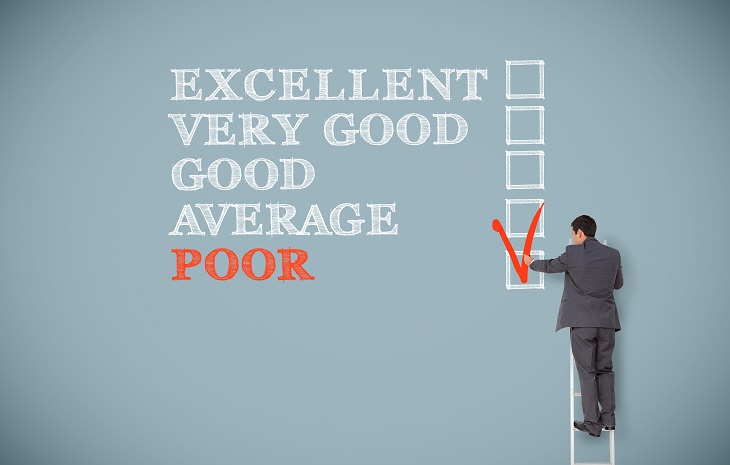
Reviews are now an important part of any online marketing strategy. Nowadays, customers don’t just look at a company’s website and social media page; they also take a look at TripAdvisor, Facebook, and Google reviews to help guide them with their decision. This is why, as much as online marketing has gone huge, so has the business of writing online reviews.
Since reviews can be incredibly influential, some people have created businesses dedicated to sending your company fake reviews. The aim is to send as many positive reviews as possible so that consumers will choose to buy your product as you have obviously been tried and tested.
So, as a consumer, how do you spot fake online reviews? Below are 10 tell-tale red flags that you should watch out for:

1. The Profile is Peculiar
Most sites make their users register an account before they can leave a review. Even if it’s not their real name (and it probably isn’t), you can still see all their previous reviews by clicking on their username. If they have only one review and it happens to be for the product you’re looking at, be very wary. You should also look for patterns, like only reviewing one type of product, only leaving positive reviews, or only reviewing products from one company. Real people usually have a range of interests and opinions, which should be reflected in their reviews.
2. The Reviewer Received Compensation
Yes, people actually do get paid to write positive reviews for products. Amazon recently sued several of the biggest companies that provide this service, saying that their site was getting polluted with paid-for reviews. The case is still pending, but even if these companies get shut down, it’s likely that others will appear in their place. It can be tricky to tell if a reviewer is being paid, but look for clues in their bio (such as many similar reviews) or watch for people admitting they got a gift card or some other type of compensation in return for their review.
3. The Reviewer Received the Product for Free
This marketing strategy works on two levels. First, people love getting free stuff and aren’t likely to turn it down, making the product seem more desirable than it is. Second, people might feel obliged to return the favor by leaving a positive review. In fact, many companies will make the freebie contingent on leaving a review. Therefore, you should be wary of reviews where the person says that they got the product for free.
4. The Review is Short
Many fake reviews, especially those written by paid shills, are super short. Their aim is to get the overall grade or star rating up as high as possible so they’ll hit the 5-star mark. Often these short reviews aren’t even specific to that product, which allows the fakers to copy and paste it on many entries.

5. The Reviews All Sound Similar
Many companies do all they can to encourage real people to review their products positively and this can include providing the text for the reviewer to make it easier by allowing them to copy and paste a review. Bots, because they’re computer programs pretending to be human, will often recycle set words or phrases.
6. The Review Only Lists Positives
Sure, there are some products out there worthy of a five-star review, but most things in the real world are a mixture of good and bad. So, when reviews give over-the-top praise, often with phrases such as “the best ever” or “absolutely fantastic” – without listing any negatives, it can be a big tip-off that it’s fake.
7. The Review Uses “I” or “Me” a Lot
It might seem counterintuitive, but Cornell University researchers found that fake reviews often pepper sentences with “I” or “me” in an effort to make it seem much more personal. However, real people will use a wider variety of pronouns and sentence structures and talk about details in a more general way.
8. The Review Cites a Specific Alternative
Fake reviews aren’t just made by people trying to get more people to buy their product, they’re also written by competitors who want to make the product look bad so that you will buy their product instead. A great way to spot this tactic: The reviewer leaves a very negative review that includes high praise for a specific alternative, often with a link to their “preferred product."

9. The Positive Reviews Were All Written in the Same Time Span
Fake reviewers will often inundate a product with many reviews in a very short period of time, especially if they’re trying to generate a buzz around a new product. A huge red flag is all the five-star reviews were written with 24 hours of each other or if there are large clusters of reviews written close together with long periods of inactivity in between.
10. The Review Mentions the Full Name of the product
Real reviewers often won’t make the effort to type out the entire name of a product in the review. However, fraudsters will not only include the full name, but also the company name, make, model, and price – often more than once. This is an attempt to get better search engine optimization.
Source: rd
Images: depositphotos